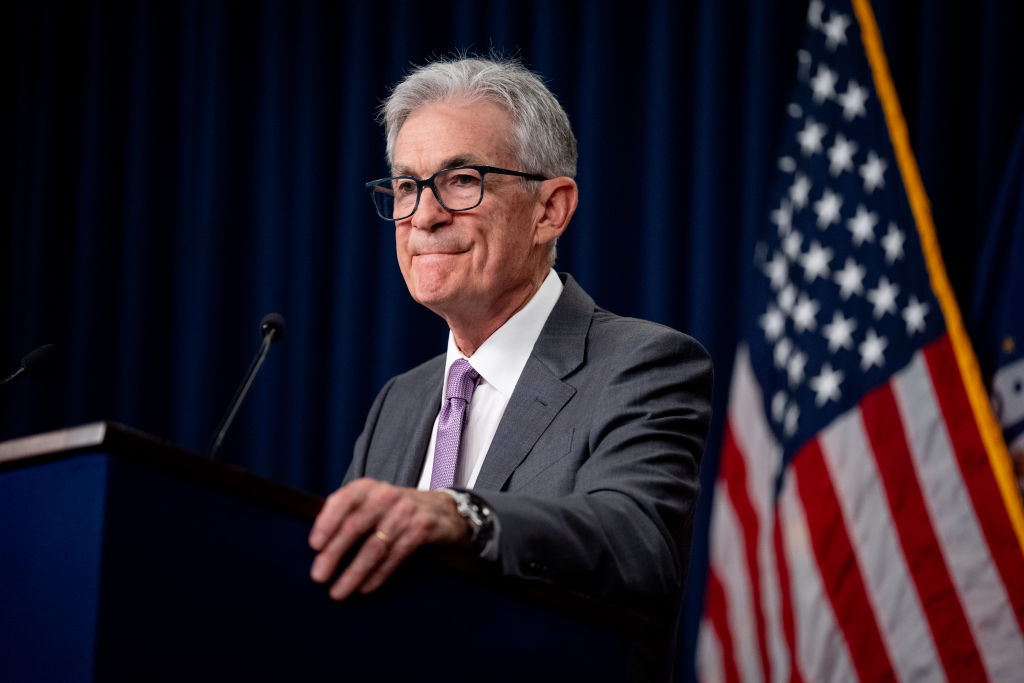In an interview with CNBC last week, JPMorgan Chase CEO Jamie Dimon said he is skeptical that the Federal Reserve will be able to reduce inflation to its 2 percent target, citing deficit spending, green energy regulations and re-militarization of countries globally as top reasons. The latest consumer prices measure, released this morning (Aug. 14), clocked in at 2.9 percent, down from June’s 3 percent. In its most recent semiannual monetary policy report, released on July 5, the Fed reaffirmed its commitment to reducing inflation to 2 percent. To achieve this goal, Fed Chair Jerome Powell announced in the most recent FOMC meeting on July 31 that the federal funds rate will stay at a 23-year high of 5.25-5.50 percent. However, economists are increasingly uncertain if the 2 percent goal is even realistic.
Why 2 percent?
While the 2 percent inflation target is widely accepted by central banks around the world, it did not arise from scientific study but rather an offhand comment during a 1988 television interview with New Zealand’s then-Finance Minister Roger Douglas. At the time, New Zealand’s inflation was around 10 percent, and Douglas noted that he preferred an inflation rate between 0 to 1 percent. Because the Reserve Bank of New Zealand found inflation calculations tend to overestimate actual inflation by around 1 percent, they set the target at 2 percent to oblige by the Finance Minister’s comments. Several developed countries quickly adopted this as a benchmark. The U.S. used it as an unofficial target for years until former Fed Chair Ben Bernanke made it the official inflation target in January 2012.
Economists are worried that global policy decisions are baking higher long-term inflation into the economy. The rise of economic populism in the U.S. and abroad has led to higher tariffs on allies and adversaries at home, retaliatory tariffs on U.S. exports from those countries, and the breakup of free trade zones like the U.S. pulling out of NAFTA and the U.K. leaving the European Union.
“Since the 2018 tariff war with China, we have probably raised the consumer price index by about 1 percent over five years,” Gary Hufbauer, a senior fellow at the Peterson Institute for International Economics, told Observer. In other words, had the U.S. not instituted $80 billion of tariffs during the Trump administration and an additional $3.6 billion during the Biden administration, the U.S. would have already hit its inflation target of 2 percent.
Other non-economic inflationary policies include Russia’s invasion of Ukraine in 2022 and the resulting sanctions, which have added 1.5 percent to inflation in the U.S. The U.S.’s de-coupling from China to protect its supply chains is also expected to cause supply-side inflation in the long term.
Higher inflation or higher rates, some economists argue
These factors, along with large Covid-era stimulus packages still working their way through the economy, have led economists like Laurence Ball to advocate for a 4 percent target instead. “If 4 percent was good enough for [Federal Reserve Chair Paul Volcker], it should be good enough for us,” Ball told The New York Times. Volker, who served as the Fed chair from 1979 to 1987, was credited with saving the U.S. economy from years of double-digit inflation by forcing the economy into recession.
Economist Raghuram Rajan, who previously served as India’s central bank chief, also argues higher inflation is one of the two paths central banks can take.”De-globalization, by reducing competition, will boost monopoly profits and thus increase central banks’ temptation to allow for more inflation (as a means of eroding those profits and sustaining labor’s share of output),” he wrote in an op-ed for the nonprofit Project Syndicate in July.
Alternatively, the Fed could also increase its baseline interest rates. Historically, the Fed has reduced rates to 0-0.25 percent after hitting its 2 percent inflation target. However, long-tail inflationary forces could mean the U.S. has to maintain higher rates for years to come to keep prices in check. This will come at the cost of economic growth. “Faced with societal aging, de-globalization, climate change, anti-immigration sentiment, and technological advances, central banks will feel pressure from many different directions in the coming years,” Rajan wrote. Long-tail treasury yields and economist surveys also indicate that many believe higher rates could be here for decades to come.

